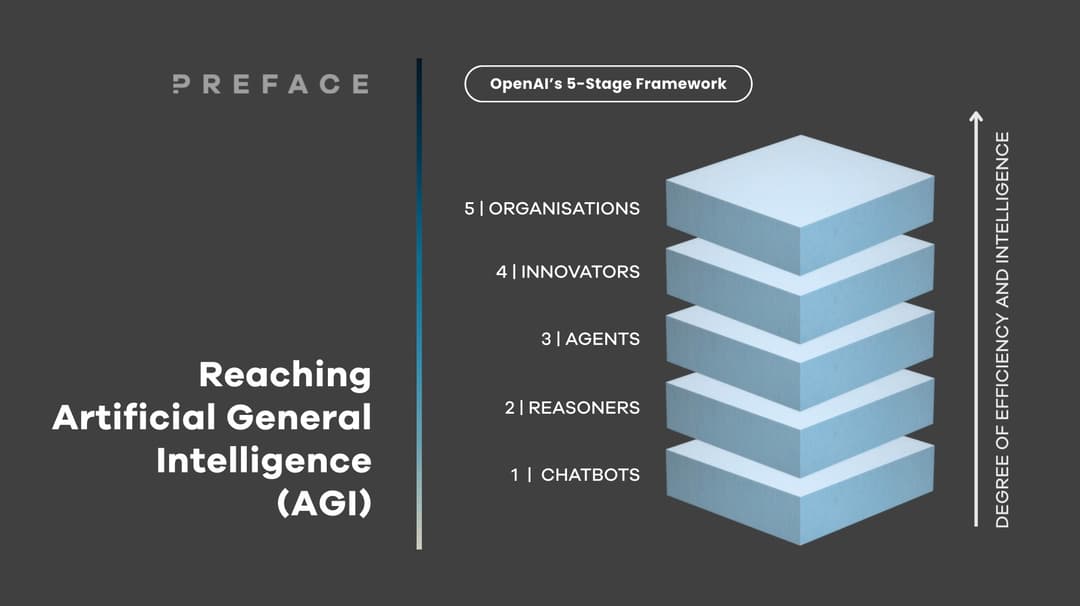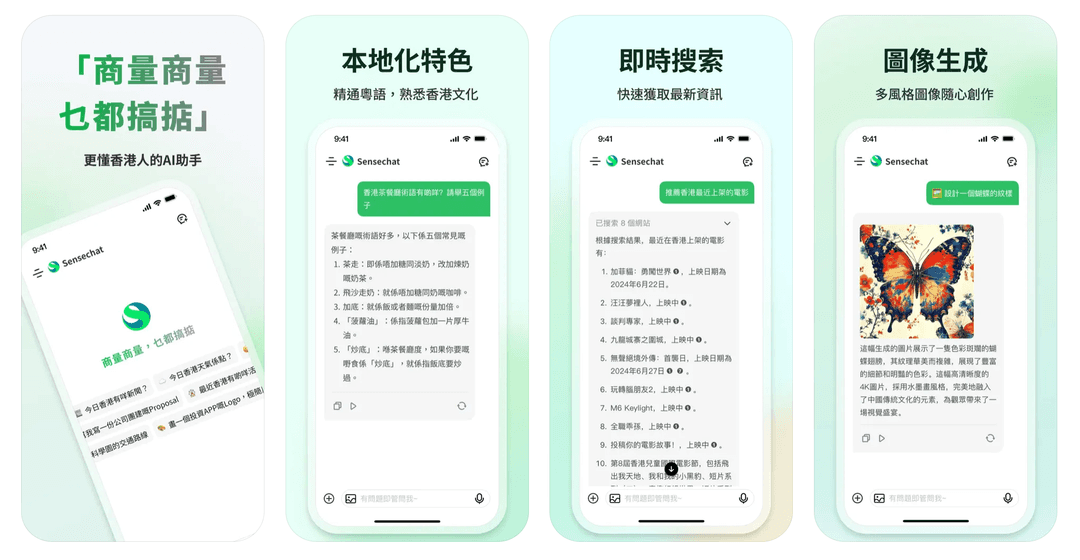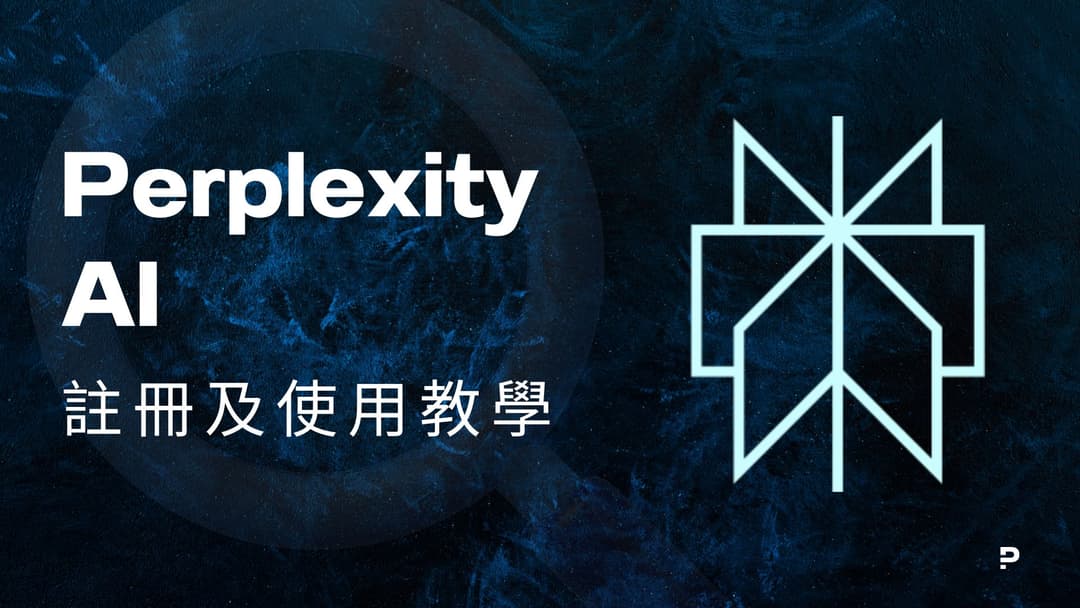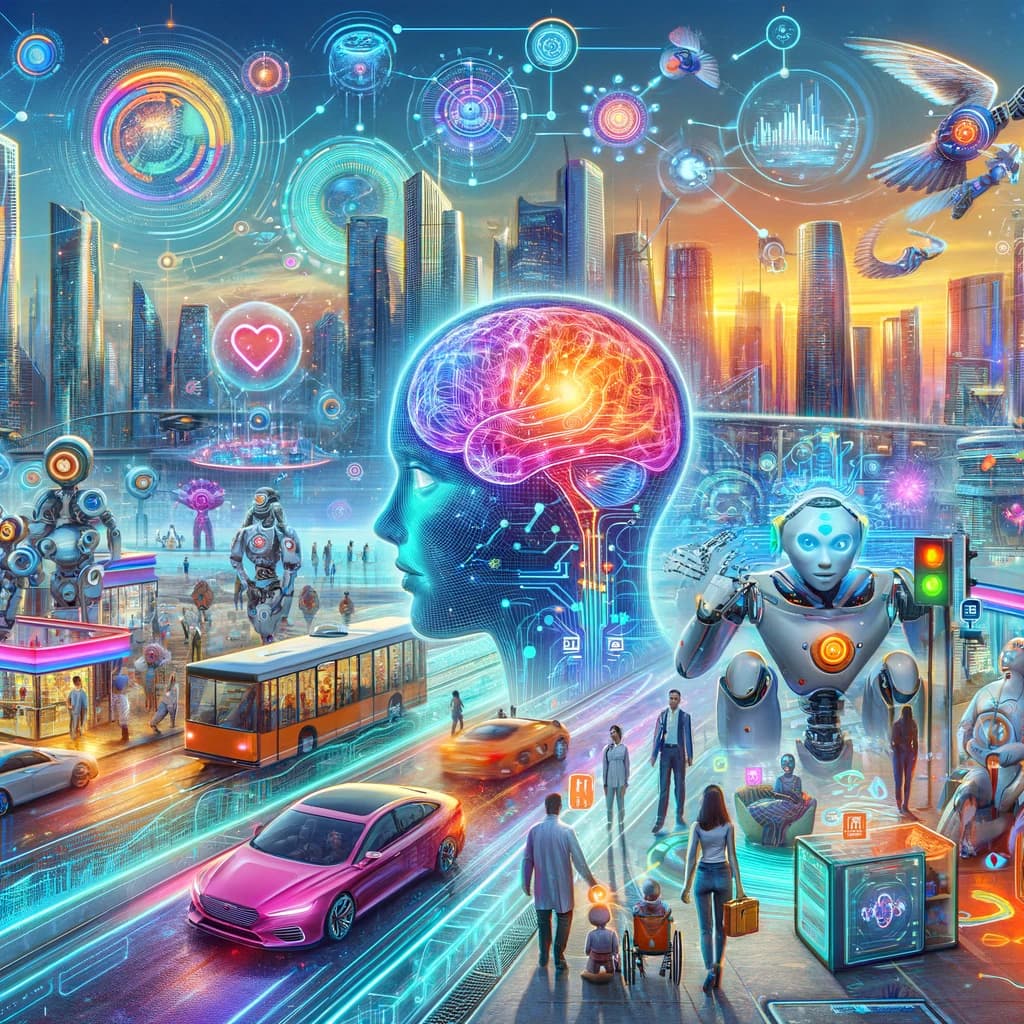
The emergence of digital technologies is probably the most self-explaining phenomenon of the revolutionary Industry 4.0. ‘Digital Twin’ is one of them. First suggested by Dr Michael Grieves in 2002, this technology was used by NASA for space exploration missions. The wide use of technologies like Artificial Intelligence (A.I) and AR/VR indicates Digital Twin will undoubtedly play a vital role in web 3.0.
Table of Contents
What is Digital Twin?
Digital Twin is a form of virtual modelling, which means that a ‘twin’ of a physical object or system is replicated in the virtual world. Through simulations based on real-time data, machine learning and reasoning, Digital Twin allows us to study the possible reaction and effectiveness of the object.
Applications of Digital Twin
Digital Twin incorporates multiple technologies and fields to generate a complex virtual model. Unlike the traditional CAD/CEA model, building a digital twin requires real entities. It could be a car, architecture or bridge, etc. When put into a sensor, real-time data from the entities can be replicated to the digital twin. Operators can predict the status of the entity by monitoring the digital twin. Eventually, a closed-loop operation is enabled:
Collect data from the targeted entity and its environment.
Input the analysed data into the digital twin.
Apply real-time data into the digital twin and test with simulations. A. I can be used to modify product design and recognise unwanted conditions.
Results and potential threats can be visualised from the panel.
Operators can perform data-driven decisions.
Adjustments can be made toward the targeted entity
Source: IBM
Types of Digital Twin
Digital Twin can be identified by their levels. Each level is crucial to operations.
1. Component Twins/ Part Twins
Part twins are the basic unit of a digital twin. It is specifically used to test the stability and durability of individual essential components.
2. Asset Twins
When two or more components work together, it forms what we know as an asset. Asset twins reflect the interaction of components, allowing engineers to focus on the optimisation of the system. Asset twins can effectively raise the performance by reducing actual MTBF and MTTR.
3. System Or Unit Twins
A combination of asset twins can form an enticing functional system. This next level of magnification visualises the system for engineers to operate and maintain the product.
4. Process Twins
Process twins apply to operation progress. An unnecessary increase in storage and logistics costs is a possible consequence when some procedures are working too fast and opting out the others. Process twins ensure a synchronised system to optimise the effectiveness of the product line.
Applications of Digital Twin
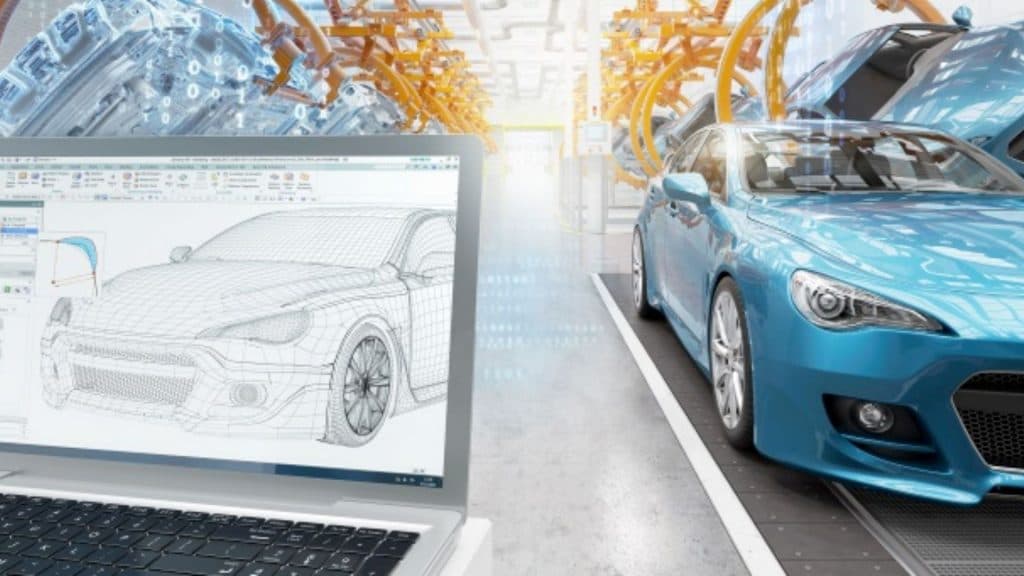
Virtual modelling is not advisable for all enterprises due to the sky-high development cost.
Tesla- Remote Diagnostics
Each vehicle produced by Tesla has its digital twin. The embedded sensor will constantly gather its twin’s related performance and environmental data. The A.I analysis will ensure the vehicle functions at its best. Similarly, the vehicle’s configuration can be adjusted according to different climates. Hence, it sharply reduced customers’ need to visit the service centre.
General Electric Company- Maintenance Scheduling
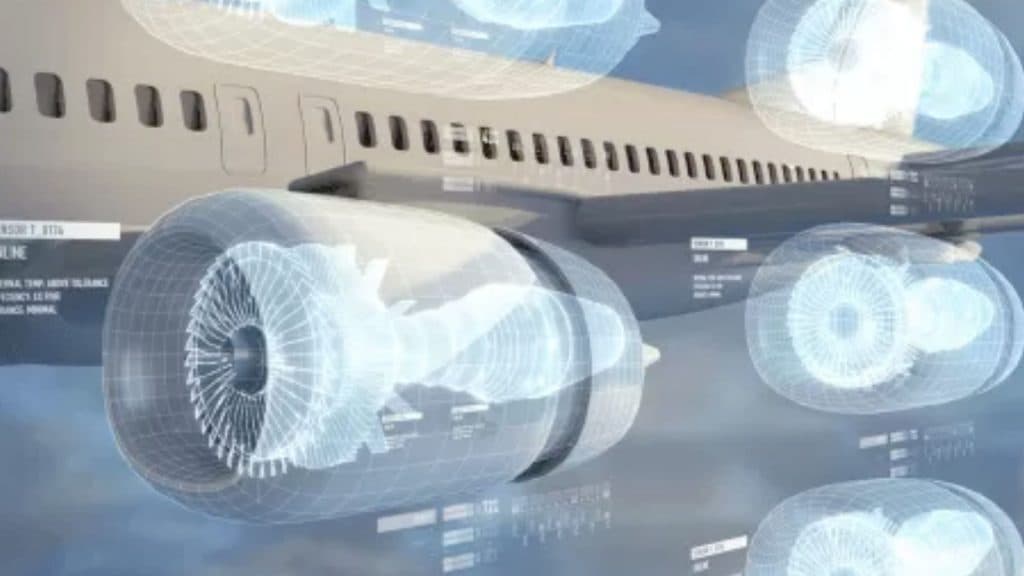
70% of aeroplanes in the entire world are using the engine produced by General Electric Company. That means this transnational enterprise from the U.S. is responsible for the safety of millions of passengers. To predict the degradation of its engines, GE developed a digital twin for its GE90 machine that flies on Boeing 777 aircraft.
The engine’s fan blade is emphasised when creating the digital twin because of its high damage rate, particularly in the Middle East region. Establishing a digital twin helps to schedule proper maintenance before any problem occurs.
Siemens- Agent-Based Turbine Operations and Maintenance
As the most significant industrial manufacturing company in Europe and the pioneer of digital twins, Siemens developed virtual models for its gas turbine and compressor business, namely the Agent-Based Turbine Operations and Maintenance (ATOM). Performance indications, ATOM can fully demonstrate maintenance operations and logistics procedures as it processes multiple real-time data and stimulates different scenarios. Visualisation of the result can guide the company to more reliable investment decisions.
Oak Ridge National Laboratory- AutoBEM

Manipulating data such as satellite, aerial, street view imagery, LiDAR, and standard building codes, AutoBEM can generate digital twins for any building. It reflects every significant feature of the building, including its height, size, number of windows and floors, building envelope materials, roof type; heating, ventilation and cooling systems, etc. AutoBEM can predict which technologies are needed to save energy. For example, heat pumps, smart thermostats and solar panels.
Google- Visible Logistic
In September 2019, Google launched a new service for companies to build a digital twin for their physical supply chain. This is explicitly accommodating for organisations in the retail industry, healthcare, manufacturing, and automotive industry. Clients can see their logistics as different information is aggregated into one hub. Google suggests tasks that used to take up to two hours can now be completed in a few minutes.
Source: AltexSoft
Advantages of Digital Twin
1. Data Sharing
One of the most substantial advantages of adopting digital twins is that data can be shared across borders and organisations. Usually, stakeholders will need to gather data separately and store it in their database. But with a digital twin, data from multiple sources can be collected by one set of sensors. Therefore all parties can share the exact copies of data without spending extra time searching for information.
2. Real-time Management
Digital twin does not only simply analyse based on previous data but offers beneficial suggestions based on real-time, visible estimation. Corporations can then carry out swifter, efficient decision-making.
3. Simulations and experiments
The stimulation mechanism offered by digital twins breaks the limitations of resources and physics. Multiple possibilities can be tested simultaneously to ensure an optimised result for the product or system.
4. Increasing credibility
The digital twin can easily spot blindspots on the corporate identity system to increase the reliability, security and credibility of the system.
5. Cross-department cooperation
Development and maintenance of products rely on the close cooperation of many departments. Digital twins can foster collaboration by visualising data and ensuring a mutual understanding among different parties.
Digital Twin and Blockchain
Gartner 2019 characterized blockchain as one of the Top Strategic Technology trends. As we enter the web 3.0 era, blockchain is going to be more popular in industrial environments.
1. Storing digital twin data on blockchain
Advantage of storing digital twin on blockchain:
Data is not managed by a centralized organisation
Records need to be verified and not unalterable
Seamless transaction of data to maintain the integrity
When changes occur to the ownership of assets, storing digital twin on blockchain can simplify the transmission process and reserve several legal copies. In that case, government organizations and other related parties can ensure that no one can alter the record.
2. Smart Contract and Digital Twin
As interactions between multiple stakeholders are involved, a digital twin can be a valuable tool for smart contracts. A. I can use data analysis to decide when and how to execute the smart contract to customise the interaction between stakeholders.
Popularisation of Digital Twin and its future
By constantly providing insight into the ever-changing preference of clients and offering customisation and experience, digital twin tends to help many giant enterprises to maintain their leading positions. Yet, the complexity of building a digital twin is the biggest obstacle to its popularisation. Also, the lack of specification limits the supplier and application program communication.
Including Microsoft, GE digital and Dell, more leading technology enterprises are adopting digital twin to strengthen their business. However, the digital twin is challenging to use widely without basic guidelines and regulations.
Source: Microsoft


